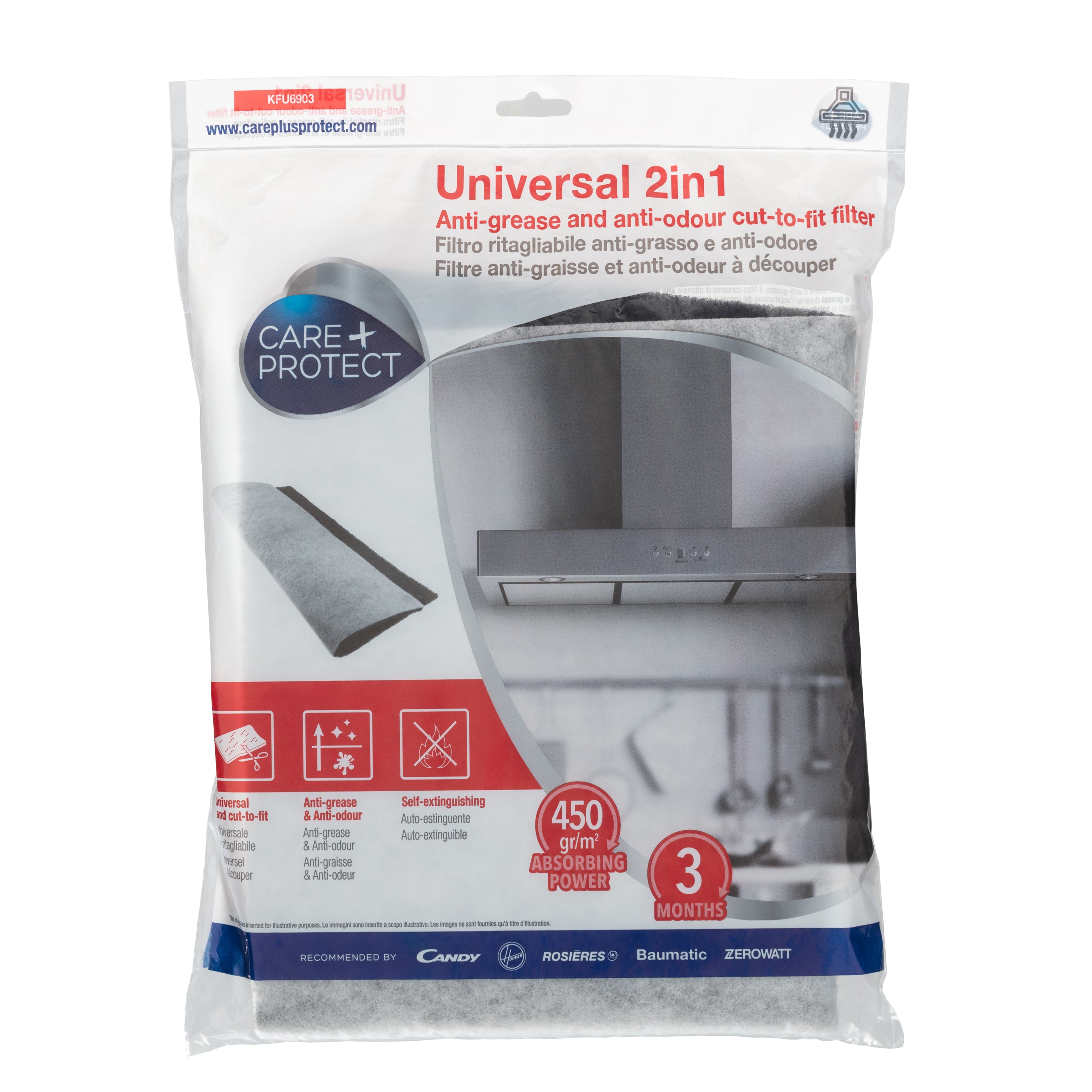The Environmental Benefits of Steaming Food

In today’s world, where environmental consciousness is increasingly important, finding sustainable ways to prepare our meals can make a significant difference. Steaming food, a traditional cooking method, has emerged as an eco-friendly option that aligns with modern environmental goals. This method not only preserves the nutritional quality of food but also uses less energy and produces fewer emissions compared to other cooking techniques. Let’s explore how steaming benefits the environment and why it should be a go-to method in eco-conscious kitchens.
Lower Energy Consumption
One of the primary environmental benefits of steaming food is its lower energy consumption. Unlike baking, grilling, or frying, steaming requires minimal heat and short cooking times. This efficiency translates to less energy usage, which in turn reduces your carbon footprint. Traditional stovetop steamers, as well as modern microwave steamers, are designed to quickly heat water to produce steam, efficiently cooking food without the prolonged use of energy.
Microwave Steamers: A Modern Solution
Microwave steamers are particularly energy-efficient. These appliances use the microwave’s energy to heat water and generate steam within a closed container. Because microwaves cook food faster and more directly than conventional ovens, microwave steamers can significantly reduce cooking times, leading to even lower energy consumption. This makes them an excellent choice for those looking to make their cooking habits more sustainable.
Reduced Greenhouse Gas Emissions
Cooking methods that require prolonged heating, such as roasting or baking, often contribute to higher greenhouse gas emissions due to the extended use of electricity or gas. Steaming, however, involves shorter cooking times and less intensive heat, resulting in fewer emissions. By opting for steaming over more energy-intensive methods, you can help decrease the overall demand for fossil fuels, which are a major source of greenhouse gases.
Minimal Use of Fats and Oils
Steaming food typically requires little to no added fats or oils, which not only makes for healthier meals but also reduces the environmental impact associated with oil production. The extraction, refining, and transportation of cooking oils contribute to deforestation, habitat loss, and carbon emissions. By steaming food, you can enjoy delicious, healthy meals while minimising your reliance on these environmentally taxing products.
Preservation of Nutrients
While the primary focus here is on environmental benefits, it’s worth noting that steaming also preserves the nutritional content of food. When nutrients are retained, less food is wasted due to spoilage or the need for supplements to make up for lost vitamins and minerals. This efficiency in nutrient preservation indirectly supports sustainability by reducing food waste and the environmental burden of producing and transporting additional food products.
Less Water Usage
Certain cooking methods, such as boiling, require large amounts of water, which not only consumes more energy to heat but also contributes to water wastage. Steaming uses significantly less water, as a small amount is sufficient to generate the steam needed to cook food. This conservation of water is crucial in the context of global water scarcity and the need for more sustainable water management practices.
Eco-Friendly Cookware Options
The tools used for steaming can also be environmentally friendly. Bamboo steamers, for example, are biodegradable and made from a renewable resource. Stainless steel steamers are durable and recyclable, offering a long-lasting alternative to disposable or non-recyclable cooking tools. Even microwave steamers, often made from BPA-free plastic or glass, can be sustainable options if chosen carefully for their longevity and recyclability.
Steaming food stands out as an eco-friendly cooking method that aligns with the growing need for sustainable living practices. By using less energy, reducing greenhouse gas emissions, minimising the use of fats and oils, preserving nutrients, and conserving water, steaming offers a multitude of environmental benefits. Incorporating microwave steamers and other efficient steaming tools into your kitchen routine can further enhance these advantages, making it easier to enjoy delicious, nutritious meals while reducing your environmental impact.
As we strive to live more sustainably, choosing cooking methods that support environmental health is a small but impactful step. Steaming is a simple, effective way to make a positive difference, demonstrating that delicious food and eco-friendly practices can go hand in hand.



































Leave a comment